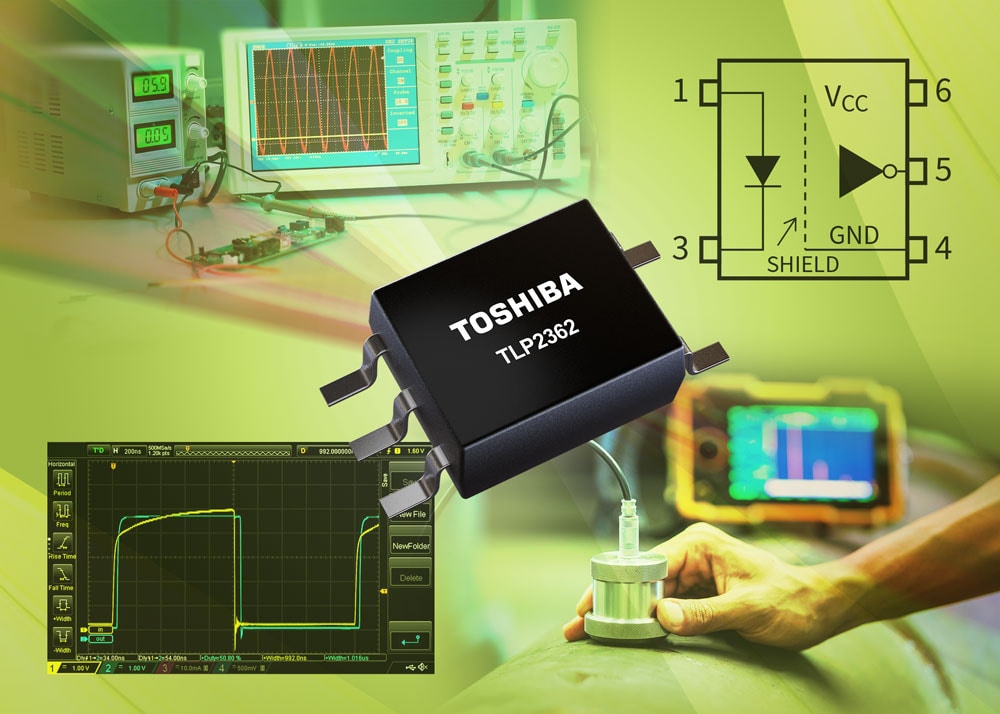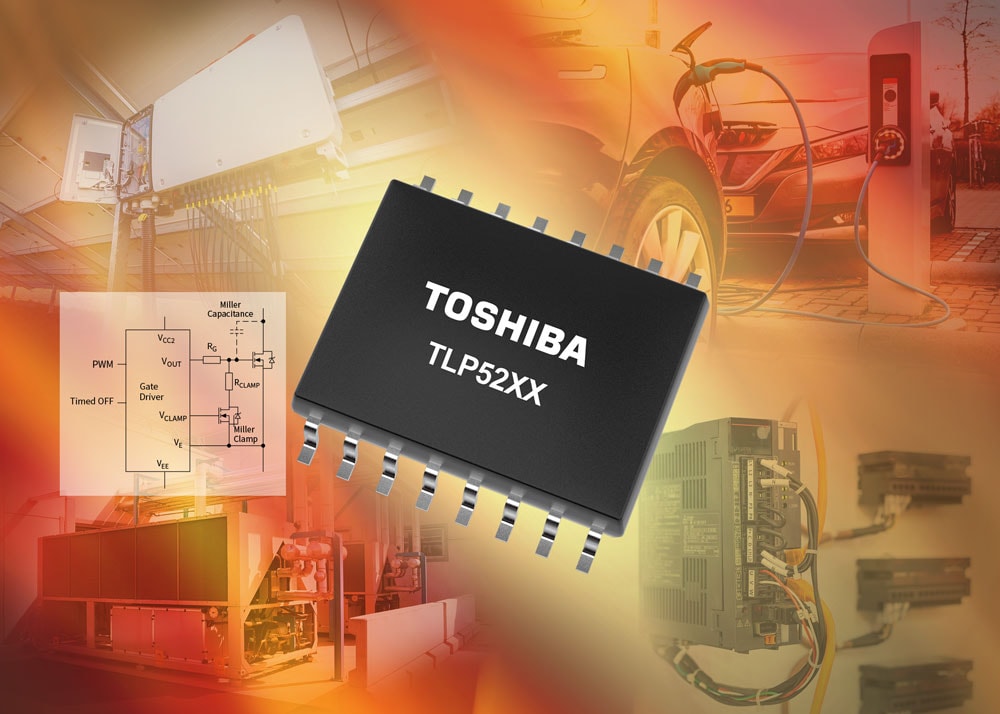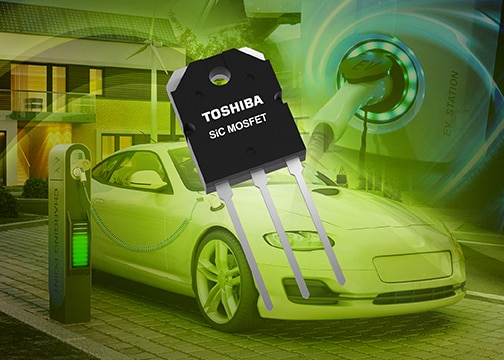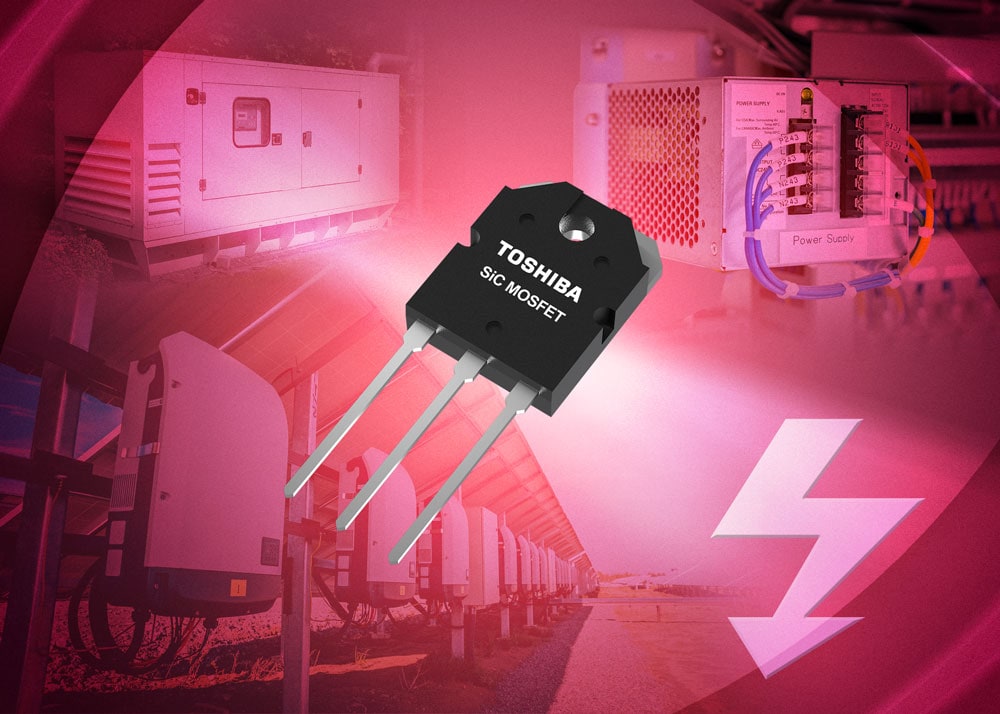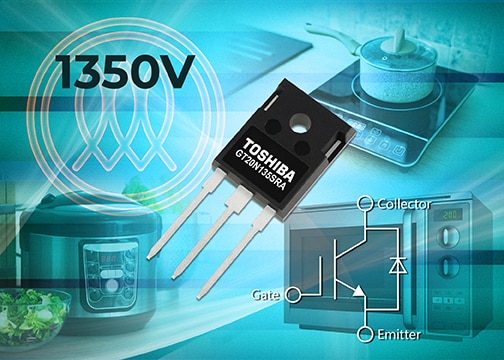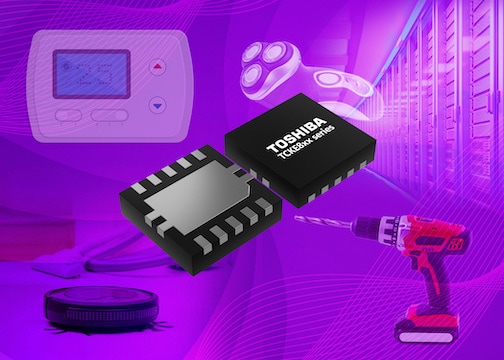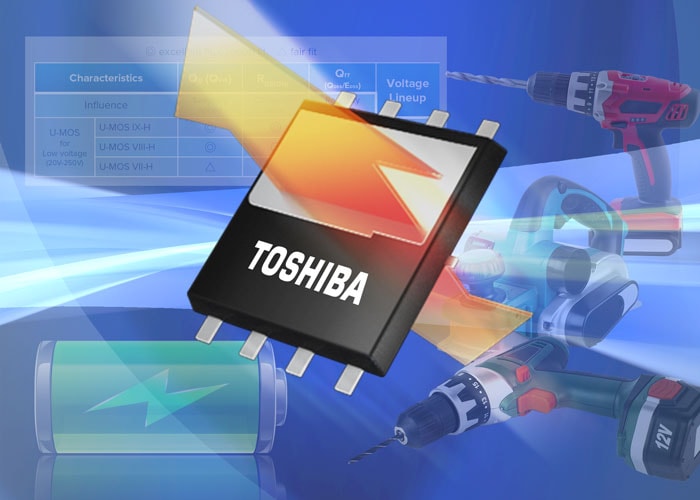- General Top
- SEMICONDUCTOR
- STORAGE
- COMPANY
-
My ToshibaSemicon
- Semiconductor Top
-
ApplicationsAutomotive
Body Electronics
xEV
In-Vehicle Infotainment
Advanced Driver-Assistance Systems (ADAS)
Chassis
IndustrialInfrastructure
BEMS/HEMS
Factory Automation
Commercial Equipment
Consumer/PersonalIoT Equipment
Healthcare
Wearable Device
Mobile
Computer Peripherals
-
ProductsAutomotive Devices
Discrete Semiconductor
Diodes
Transistors
Logic ICs
Analog Devices
Digital Devices
Wireless Devices
※
: Products list (parametric search)
Power SemiconductorsSiC Power Devices
※
: Products list (parametric search)
Isolators/Solid State RelaysPhotocouplers
Digital Isolators
Solid State Relays
Fiber Optic Transmitting Modules
※
: Products list (parametric search)
MOSFETsIGBTs/IEGTsBipolar Transistors※
: Products list (parametric search)
Diodes※
: Products list (parametric search)
MicrocontrollersMotor Driver ICsIntelligent Power ICs※
: Products list (parametric search)
Power Management ICsLinear ICs※
: Products list (parametric search)
General Purpose Logic ICsLinear Image SensorsOther Product ICsOther Product ICs
※
: Products list (parametric search)
-
Design & Development
Design & Development
Innovation Centre
At the Toshiba Innovation Centre we constantly strive to inspire you with our technologies and solutions. Discover how to place us at the heart of your innovations.
-
Knowledge
Knowledge
Highlighted Topics
Further Materials
Other
- Where To Buy
- Part Number & Keyword Search
- Cross Reference Search
- Parametric Search
- Stock Check & Purchase
This webpage doesn't work with Internet Explorer. Please use the latest version of Google Chrome, Microsoft Edge, Mozilla Firefox or Safari.
require 3 characters or more. Search for multiple part numbers fromhere.
The information presented in this cross reference is based on TOSHIBA's selection criteria and should be treated as a suggestion only. Please carefully review the latest versions of all relevant information on the TOSHIBA products, including without limitation data sheets and validate all operating parameters of the TOSHIBA products to ensure that the suggested TOSHIBA products are truly compatible with your design and application.Please note that this cross reference is based on TOSHIBA's estimate of compatibility with other manufacturers' products, based on other manufacturers' published data, at the time the data was collected.TOSHIBA is not responsible for any incorrect or incomplete information. Information is subject to change at any time without notice.
require 3 characters or more.
Magnetic isolation or traditional approaches?

Galvanic isolation is required in an increasing number of systems and products, especially those that contain high and low voltages and those that operate in electrically noisy environments. Application areas where the need is greatest include industrial, automotive and consumer.
For many years, optocouplers have been a preferred method of galvanic isolation. These devices convert an incoming electrical signal to photons that pass through a non-conductive barrier before being converted back to electrical impulses via a photodetector. The ability to generate photons in proportion to the incoming signal amplitude allows optocouplers to be used for digital and analog circuitry.
As individual devices, optocouplers are small when packaged although when used in multi-channel applications the combined size can become an issue.
Capacitive coupling is an alternative that operates by transferring charge from one plate to another across an isolation boundary that is formed in the capacitor itself. The compact nature of this approach is ideal for multi-channel applications, but the isolation is limited to that of the capacitor.
In theory, inductive coupling offers a good combination of features and is one of the earliest forms of galvanic isolation. However, the transformers can be relatively bulky, limiting the usefulness.
However, advances in semiconductor technology have made it possible to integrate inductors in chip-level products. Devices such as Toshiba’s DCL54x01 comprise a pair of co-packaged chips with one modulating the signal while the other demodulates using on-off-keying that represents a digital signal by the presence (or not) of a carrier signal.
The DCL54x01 has double isolation that meets the requirements of VDE V 0884-11, protecting against surges as high as 12.8kV. The insulation is expected to remain effective for 70 years based upon measurements and testing.
Toshiba’s white paper on digital isolation for industrial designs can be downloaded here:


